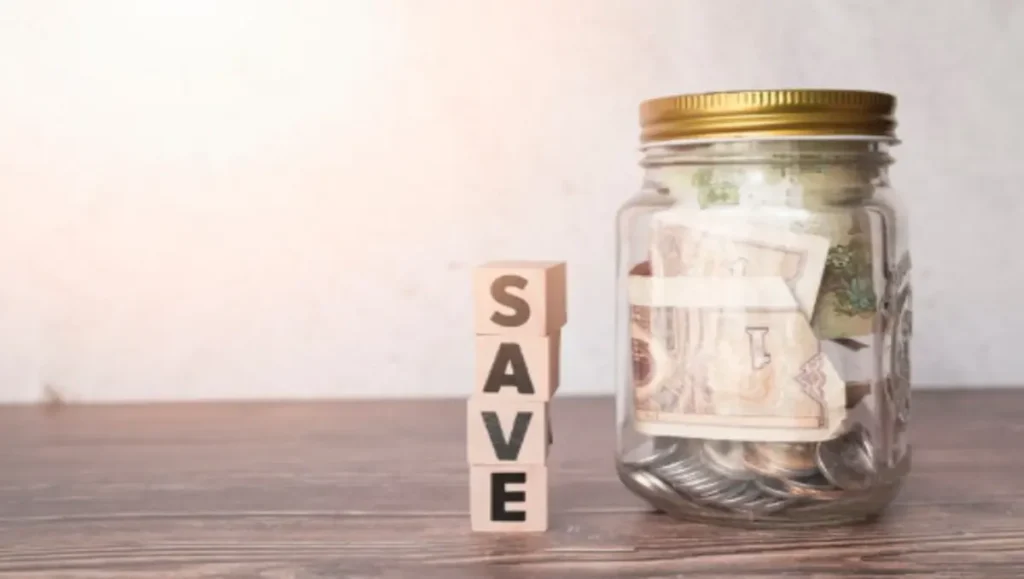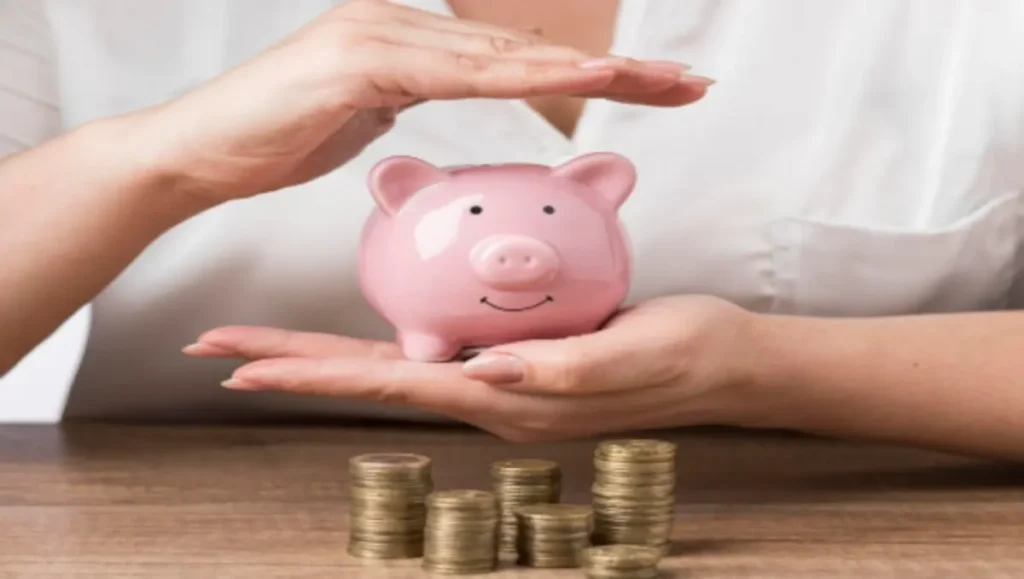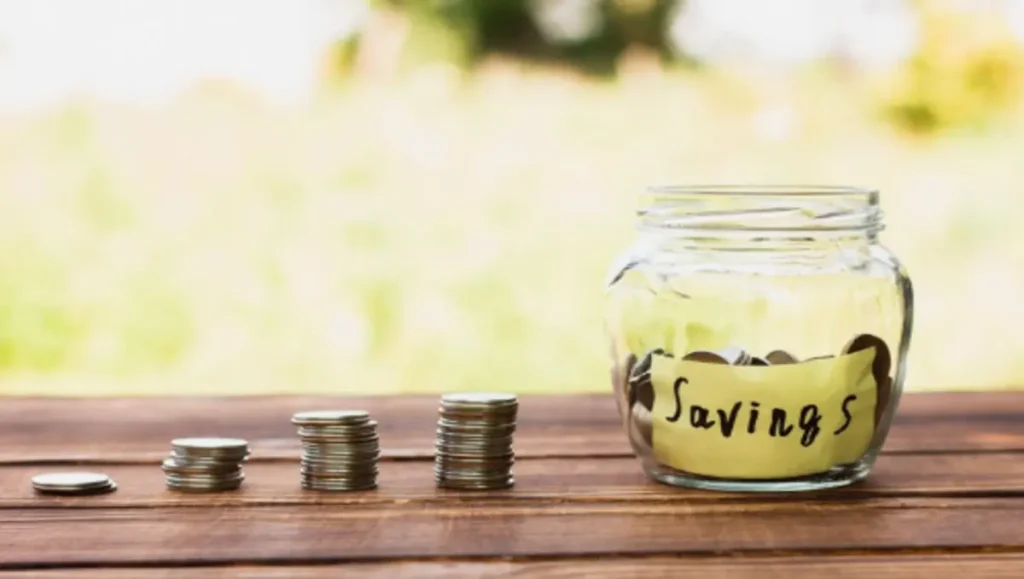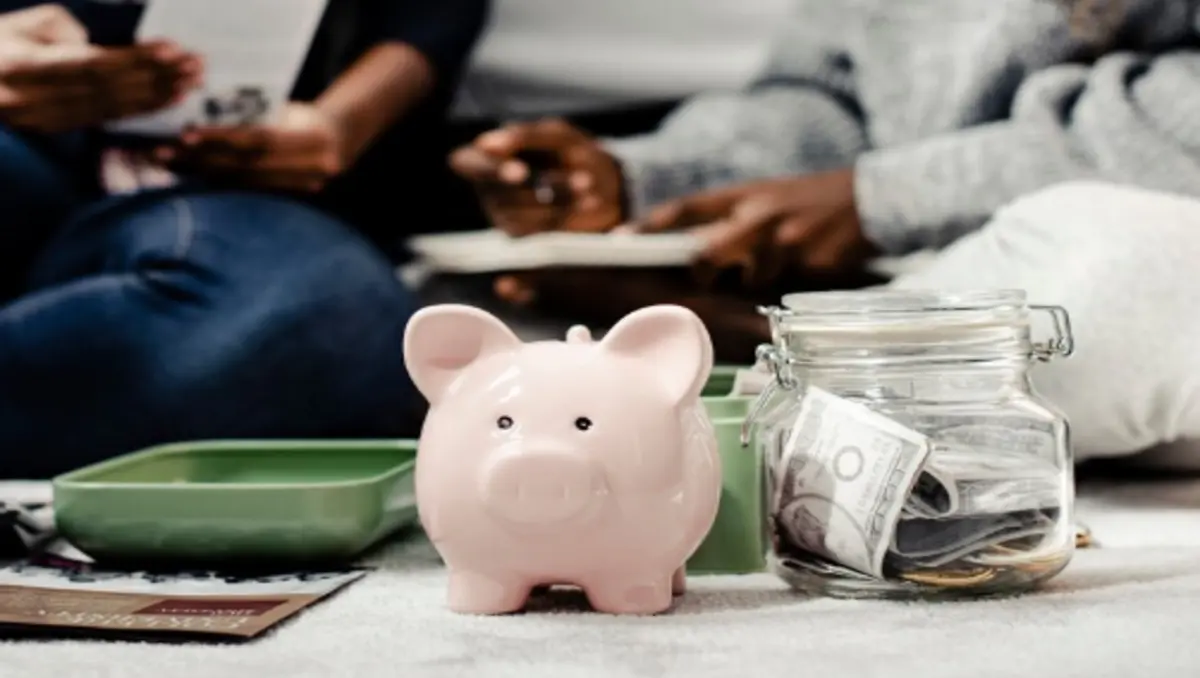Life is unpredictable. One minute, everything is going smoothly, and the next, something unexpected happens. Whether it’s a medical emergency, a car breakdown, a job loss, or even something as simple as needing to fix a broken appliance at home, these unexpected events can cause a lot of stress—especially if you’re not financially prepared for them.
That’s where emergency savings come in. Having money set aside for the “just-in-case” moments can help you feel secure, no matter what life throws your way. In this post, we’ll talk about why emergency savings are so important, how much you should aim to save, and practical steps for building and maintaining your emergency fund.
What is Emergency Savings?
Emergency savings is simply money you set aside for unexpected expenses. These are situations that are hard to plan for—like a sudden trip to the doctor, an urgent car repair, or losing your job. The goal is to have enough savings so you don’t have to dip into your regular budget or take on debt when life throws you a curveball.
Think of it as a financial cushion that softens the blow when things go wrong. It’s peace of mind in the form of money!
Why is Emergency Savings So Important?
You’ve probably heard the saying, “Life is what happens when you’re busy making other plans.” That couldn’t be more true when it comes to your finances. Here are a few reasons why having emergency savings is so important:
- Protects You from Debt
When an emergency occurs and you don’t have savings, you might have to use credit cards or loans to cover the expense. While borrowing money can be a quick fix, it often leads to more stress in the long run, especially if you’re unable to pay it back right away. - Gives You Peace of Mind
Knowing that you have money set aside for emergencies can take a huge weight off your shoulders. You won’t constantly worry about the “what ifs” because you’ve already prepared for them. - Helps You Stay in Control
If you don’t have emergency savings, unexpected expenses can derail your entire financial plan. Having a dedicated fund means you’re not scrambling to figure out how to pay for an emergency—you’re in control. - Protects Your Long-Term Goals
Without an emergency fund, you may have to dip into savings set aside for long-term goals like retirement, buying a house, or paying for your kid’s education. Emergency savings allow you to keep those long-term goals on track.

How Much Should You Have in Your Emergency Fund?
This is the million-dollar question, right? How much do you actually need to save for emergencies?
While there’s no one-size-fits-all answer, a general rule of thumb is to aim for three to six months of living expenses. This means that if something happens—like you lose your job or face a sudden medical issue—you have enough money to cover your bills (like rent, utilities, food, and other essentials) until you get back on your feet.
For example, let’s say your monthly expenses total $2,500. In that case, you would want to save between $7,500 and $15,000 for your emergency fund.
Of course, how much you need depends on your individual situation:
- Single or Dual Income: If you’re single and live alone, you may want to aim for closer to six months of living expenses. If you have a family or a partner who contributes to the household income, you might be able to get away with a smaller fund.
- Job Stability: If you have a stable job with a strong safety net, you might not need as much in savings. However, if your job is more uncertain or you’re self-employed, you might want to save more to account for potential income gaps.
- Health and Insurance: If you have health insurance that covers a lot of your expenses, you might not need as large of an emergency fund. But if you have limited or no coverage, it’s better to have a bigger cushion to cover medical emergencies.
How to Build Your Emergency Fund
Now that you know how much you should save, let’s talk about how to actually build that emergency fund. For many, the idea of saving thousands of dollars can feel overwhelming, but don’t worry. It’s totally achievable, and you can get there one step at a time.
1. Start Small
If saving three to six months of expenses seems too intimidating right now, that’s okay! The key is to start small and build up gradually. Even saving $500 or $1,000 is a good starting point. Once you’ve built that initial buffer, you can continue adding more until you reach your ultimate goal.
2. Set a Monthly Savings Goal
To stay on track, it helps to break your big savings goal into smaller, more manageable chunks. For example, if you want to save $5,000 and you plan to reach that goal in a year, you’d need to save around $417 per month. If that’s too much, see where you can cut back on expenses to find some extra cash, or give yourself a longer timeline.
3. Automate Your Savings
One of the easiest ways to save consistently is to set up automatic transfers. Have a certain amount of money taken out of your checking account and transferred into a separate savings account each month. This way, you won’t have to think about it, and you’ll be less tempted to spend that money on non-emergencies.
4. Use a Separate Account for Emergency Savings
It’s important to keep your emergency savings separate from your regular spending account. If it’s too easy to access, you might be tempted to dip into it for non-emergencies. Open a separate savings account, preferably one with no fees or minimum balance requirements, so you can easily stash money away.

5. Cut Back on Unnecessary Expenses
If you’re struggling to find extra money to put into your emergency fund, it’s time to take a look at your budget and identify areas where you can cut back. Maybe that means canceling a subscription you don’t use, reducing dining out, or shopping less frequently. Little changes can add up over time.
6. Increase Your Income
If you’ve cut back on expenses and still find it difficult to save, consider looking for ways to increase your income. This could mean taking on a part-time job, selling unused items, freelancing, or finding other side gigs that can help you generate more cash to contribute to your savings.
7. Celebrate Milestones
Saving money is hard work! Don’t forget to celebrate your milestones along the way, whether that’s saving your first $500 or hitting a $5,000 mark. Celebrating these wins keeps you motivated and reminds you that you’re making progress.
Where Should You Keep Your Emergency Fund?
Now that you’ve started building your emergency savings, you need to figure out where to keep it. You want your emergency fund to be easily accessible in case you need it, but also safe and earning a little interest. Here are some options to consider:
- High-Yield Savings Account: Many online banks offer high-yield savings accounts that offer better interest rates than traditional savings accounts. While it’s still a safe, low-risk option, your money will grow a little over time.
- Money Market Account: These accounts often offer higher interest rates and allow you to withdraw money with ease. However, some money market accounts have higher minimum balance requirements, so check the details before you commit.
- Certificates of Deposit (CDs): If you’re planning to leave your emergency fund alone for a while, you might consider putting part of it in a CD. While you’ll typically earn more interest than in a savings account, the catch is that your money will be tied up for a set period.
- Cash in a Safe Place: If you want to keep things super simple, you can also stash your emergency fund in a cash envelope or a home safe. Just be mindful that you won’t earn interest this way, and it’s not as secure as a bank account.

Conclusion:
Emergencies are a part of life, but with a little planning, you can feel confident that you’re prepared. Building an emergency fund might take time, but every little bit you save helps. Remember, it’s about progress, not perfection. Even if you can only start with $100, it’s a step in the right direction.
read more
https://financekhush.com/mutual-fund-advice-a-simple-guide-2025
Take it one month at a time, and before you know it, you’ll have a solid cushion that allows you to handle whatever comes your way. So, why not start today? Your future self will thank you!
There are top 10 best faq for “Emergency savings”
- What exactly is an emergency savings fund?
An emergency savings fund is a stash of money that you set aside for unexpected expenses, like medical bills, car repairs, or job loss. It’s meant to cover life’s little (and big) surprises without disrupting your regular budget or forcing you into debt. Think of it as a financial safety net for when things go wrong.
- How much should I save for emergencies?
A good rule of thumb is to aim for three to six months of living expenses. So, if you need $2,500 a month to cover your bills, you’d want to have between $7,500 and $15,000 saved up. Of course, if that number feels too big, don’t worry! You can start small and build up over time. The key is to start saving and build a buffer that makes you feel comfortable.
- Can’t I just use my credit card for emergencies?
Credit cards can definitely help in a pinch, but they come with interest rates that can make things more expensive in the long run. Having an emergency savings fund means you don’t have to worry about high-interest debt when life throws you a curveball. Plus, it’s always better to avoid relying on credit cards if you can.
- How do I know if I have enough saved for an emergency?
If you’re able to cover at least three months of essential expenses without needing to borrow money or dip into your other savings, you’re off to a great start! Just keep in mind that everyone’s emergency fund will look different based on their situation—job stability, health, family responsibilities, and other factors all play a role.
- Where should I keep my emergency fund?
Your emergency savings should be kept in a place that’s easily accessible but not too easy to dip into. A high-yield savings account is a great option because it’s safe, liquid (easy to access), and you can earn a little interest. Other good options include money market accounts or a separate savings account with no fees or minimum balance requirements.
- What counts as an “emergency”?
Emergencies are unexpected situations that require immediate attention, like car repairs, medical bills, or replacing a broken appliance. However, a vacation, a new gadget, or regular expenses like rent or groceries don’t count as emergencies. The idea is to save for the stuff that can’t be planned for, not things you can budget for ahead of time.
- How long will it take to build my emergency savings?
It depends on how much you can save each month. If you can set aside $200 a month, for example, you might reach your $5,000 goal in about 25 months. It may take time, but even small contributions add up. The important thing is to start, no matter how little, and keep making progress!
- What if I need to dip into my emergency savings for a non-emergency?
If you accidentally use your emergency fund for something that’s not an emergency, it’s okay—but you should work to replenish it as soon as possible. Having a plan to rebuild your savings helps keep you on track. The goal is to keep the fund reserved for true emergencies.
- Can I save for an emergency fund while paying off debt?
Yes, absolutely! In fact, it’s a good idea to have at least a small emergency fund (say, $500 to $1,000) even if you’re paying off debt. This way, you’re less likely to go deeper into debt when something unexpected happens. Once you have your small emergency fund in place, you can focus on tackling larger debts.
- What if my job is secure—do I still need an emergency fund?
Even if your job feels stable, it’s always a good idea to have an emergency savings fund. Unexpected things can happen at any time—health issues, sudden home repairs, or unforeseen costs. Plus, a fund gives you peace of mind, knowing you have the flexibility to handle life’s curveballs, no matter how secure your job is.
